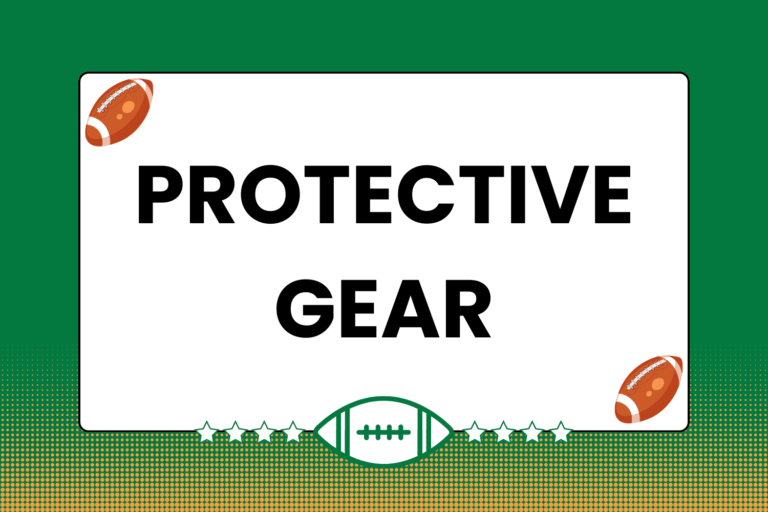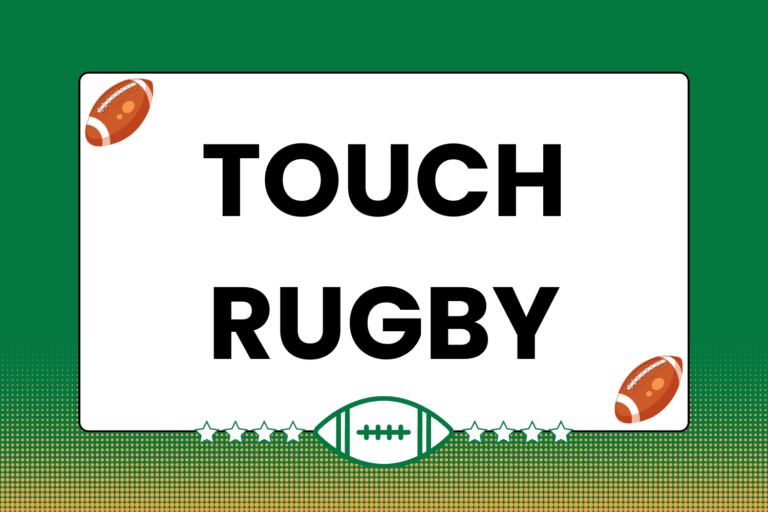Most types of shoes come in all sorts of various sizes, shapes, and styles. With athletic shoes, however, function usually trumps form — how they work is far more important than how they look. This is especially true for rugby cleats since so much of the game involves players running around on the field. This guide covers the main categories and sub-categories of rugby cleat types.
The Two Types of Rugby Cleats
All rugby cleats can be assigned to one of two categories: Firm ground or soft ground. Firm ground cleats are meant for harder, denser field surfaces. Soft ground cleats are used when the ground is looser, and more likely to give under players’ feet.
In terms of the actual shoe materials, there isn’t much difference between firm and soft ground cleats. The most prominent contrasting factor has to do with the studs on the sole of the shoes:
- Firm ground cleats feature molded rubber studs that are permanently fixed to the bottom of the shoe. These studs are either shaped like pegs or trapezoids, and come in many different patterns.
- Soft ground cleats use removable metal studs; these studs come in various sizes, though they’re all conical in shape. These metal studs are almost always arranged in either a six- or eight-stud formation on the sole of the shoe.
Both types of cleats come in position-specific varieties, though it’s easier to differentiate between various soft cleat designs: The six-cleat arrangement is better for speed and overall freedom of movement, and it’s more popular among backs; the eight-cleat arrangement provides more torque and traction, which is ideal for forwards.
Fun Fact:
There is actually a third type of cleat: Turf cleats. These cleats are meant for use only on artificial field surfaces, and they feature dozens of approximately quarter-inch rubber studs along the entirety of the sole. Though they’re closer to firm ground than soft ground cleats, turf cleats are actually more similar to indoor soccer shoes than they are rugby cleats.
Cleat Materials
Rugby cleats are made from two types of material:
- Leather: Procured from a processed animal hide (including kangaroo), leather is the more durable of the two materials, though it’s also the more expensive option. And like most leather products, leather cleats do not stand up well to water.
- Synthetic: These materials are manufactured from chemicals. Lighter and cheaper than leather, synthetic cleats hold up quite well in wet conditions. In general, however, synthetic materials break down quicker than leather.
Most cleats feature a combination of both leather and synthetic materials, utilizing the strengths of each material as much as possible.
Boot Cut
The most position-specific characteristic of rugby cleats is the cut of the boot — the “shoe” portion of the cleat. “Cut” refers to the overall height of the boot — how far up it covers the ankle.
Rugby cleats come in one of three boot cuts:
- Low: This cut sits very low on the foot, and hardly covers the ankle at all. Much like the six-stud design of soft ground cleats, the low cut is favored among backs since it allows the wearer to maintain a high level of mobility when running. The tradeoff is that it offers very little ankle support, putting players at an increased risk of an ankle injury.
- High: Directly opposite the low cut, a high-cut boot covers most, if not all, of the wearer’s ankle. Very popular among forwards (especially props and locks), the high-cut boot stabilizes and protects the player’s ankles, though it does somewhat hinder that player’s speed and agility.
- Mid: Mid cut boots fall somewhere between the low and high cut; some manufacturers’ mid cut boots are closer to low, others closer to high.
The biggest difference between the three types of boot cuts is the speed/stability ratio: The lower the cut, the easier it is for players to run fast, but the less stability the shoe will provide in terms of ankle support.
Know Their Role
Cleat manufacturers are always working to come out with the most stylish, technologically-advanced cleats on the market. Price and design differences aside, comfort and function are the two most important characteristics to look for in a pair of cleats. If they don’t kill your feet, and they allow you to easily move about the field, you’ve found the right pair.





